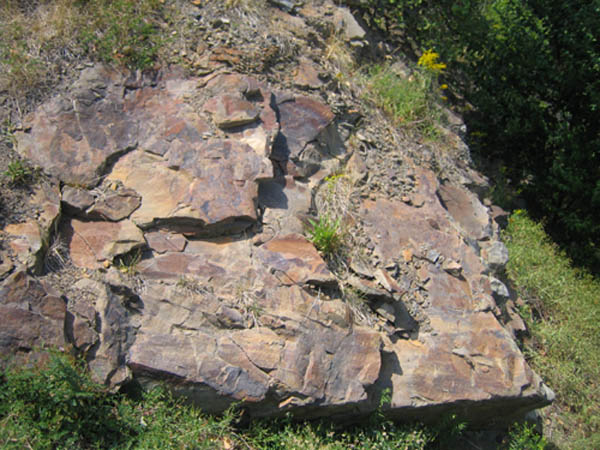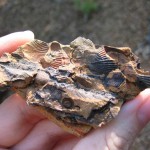
Fossils are plentiful in the shale deposits all around the mid-Atlantic states. Without getting technical, shells of a variety of marine animals are found in the shale, readily accessible via road cuts and rock quarries around Western Maryland, central Pennsylvania and West Virginia.
Sideling Hill is a wonderful example of the typical construct of the rolling hills of the area.
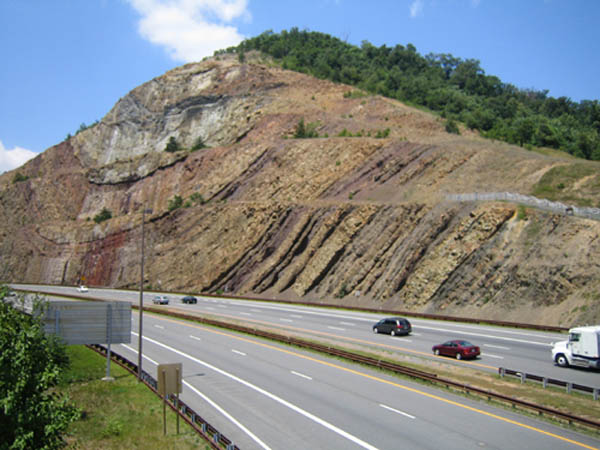
The tight bands of rock layers, along with the HUGENESS of the roadcut are fascinating. The layers of the mountain are very interesting, consisting of alternating bands of shale and big bands of alluvial conglomerate. The top layer of shale is also coal rich, which is thickest on the north side of the road cut. You can see the dark layer towards the very top of the hill.
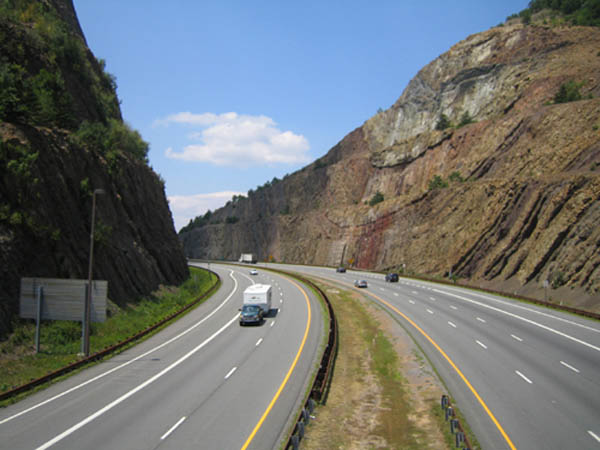
The rest area used to host a Geological Center, a fun place to check out, a place to stop and view this geological wonder and find out a little more about the earth around us.
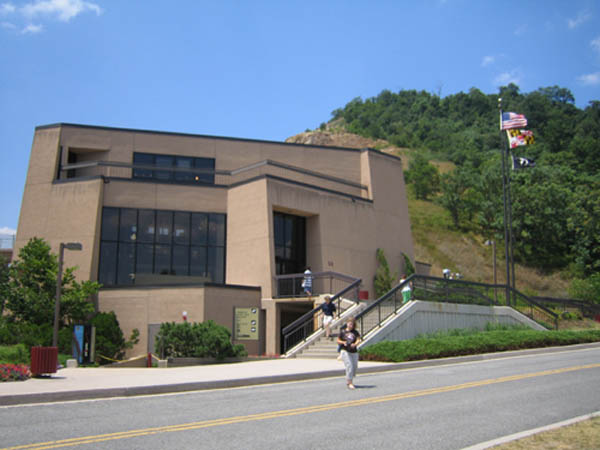
The Geological Center is closed now, but the exhibits have been moved to Hancock Maryland.
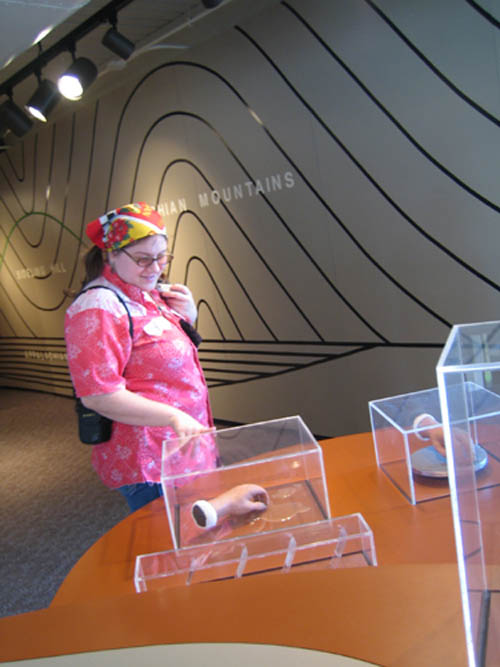
A short distance away in Pennsylvania, we found several shale deposits on the side of back country roads.
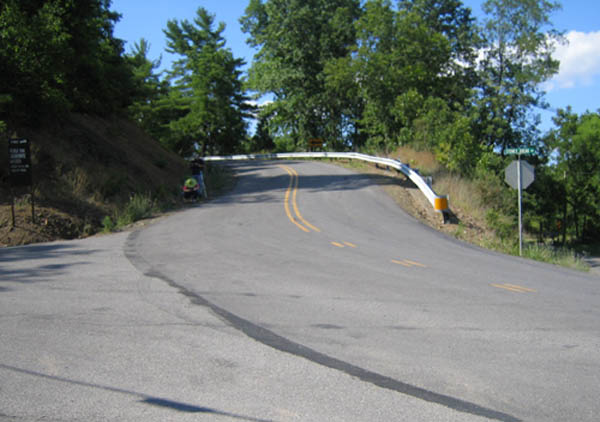
Any place you can find loose shale, if you flip over a few pieces, often, fossils will be found.
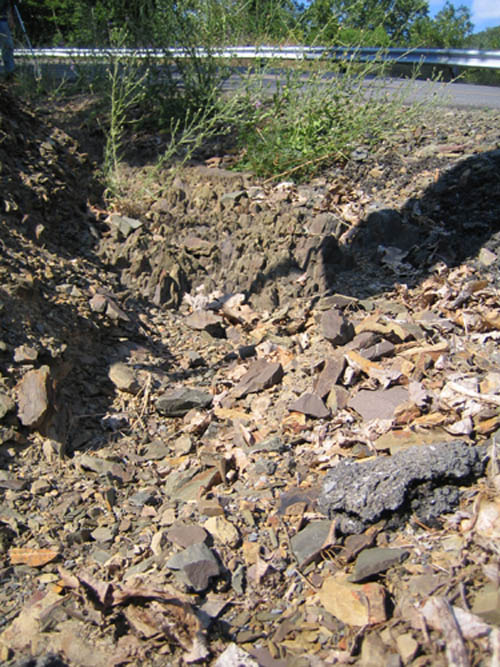
The shale from this area breaks up into small bits. That makes big matrix specimens very uncommon!
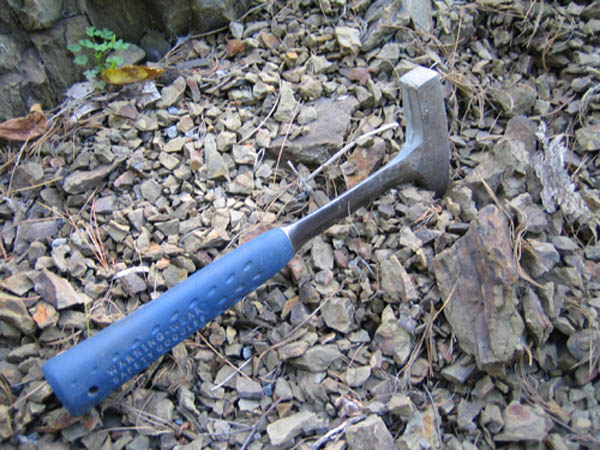
Brachiopod specimens are very common through out the area, along with tightly wound trilobite specimens.
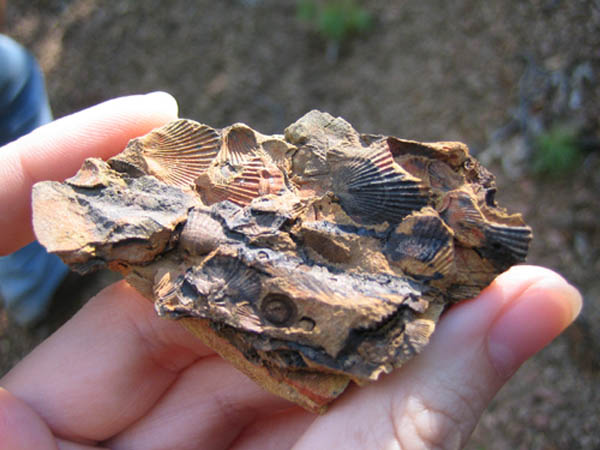
Packing the specimens is a delicate job, so a roll of toilet paper for wrapping is always handy!
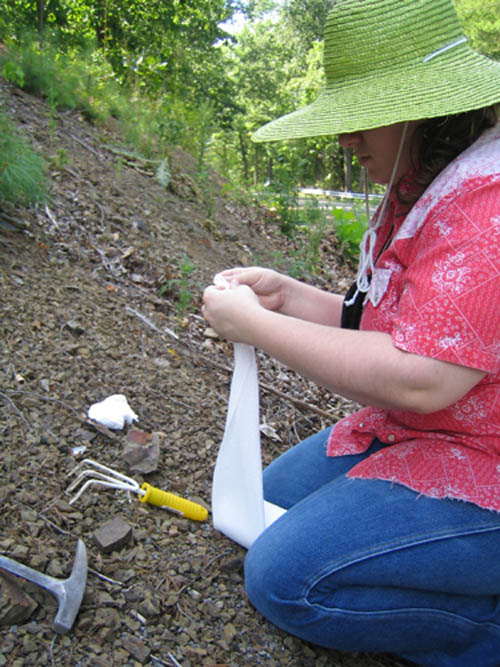
Bi-valve fossils, Gastropods and many others, all found swimming around in the soup of the Devonian era!
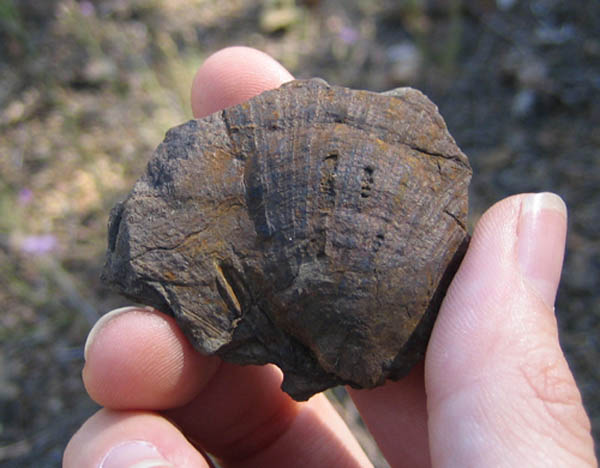
At this road cut, randomly, a vug of quartz was found, breaking up into oddly shaped crystals.
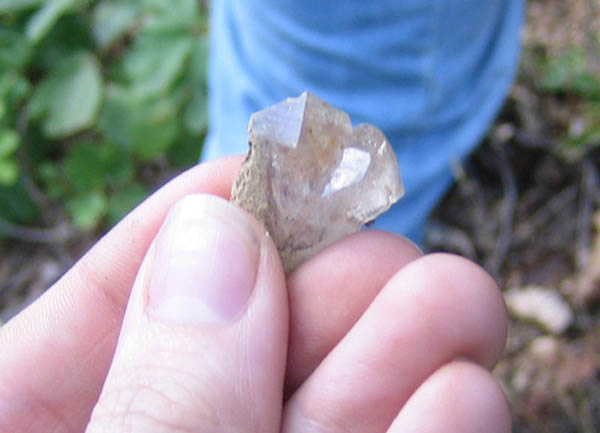
So, do not be afraid to stop and check out any exposed shale in the mid-Atlantic states! Often times, simply flipping over some loose shale chunks will reveal a trilobite, a gastropod or a cluch of Brachiopods!
